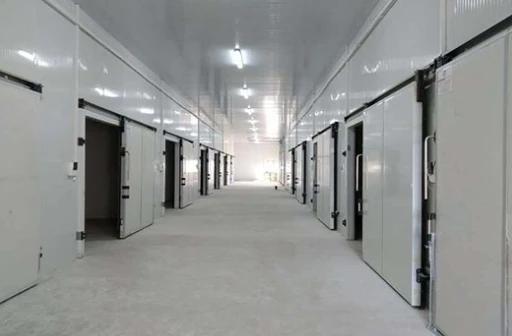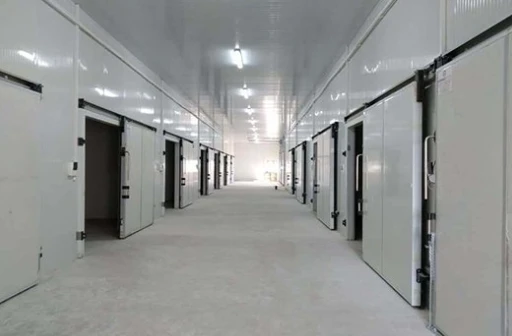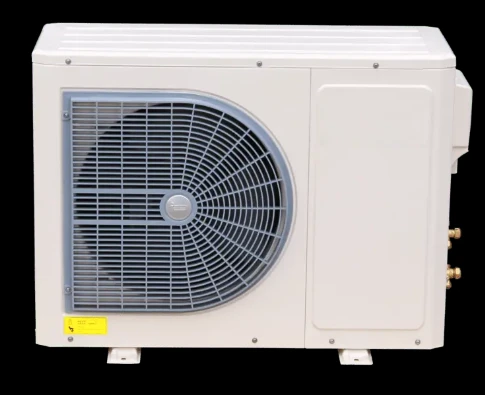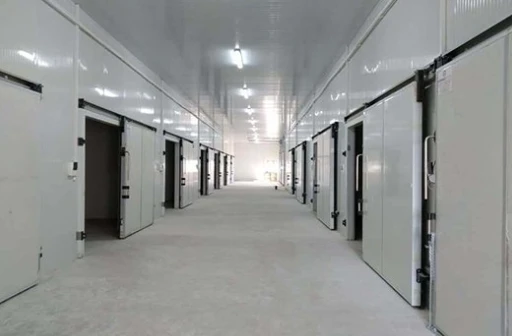Air-Cooled Industrial Chillers Save Water
In the landscape of industrial cooling, modular air-cooled chiller, air-cooled industrial chillers, and industrial air chiller have become cornerstones of efficient temperature management, offering reliable solutions for diverse sectors such as manufacturing, food processing, pharmaceuticals, and data centers. These systems leverage air as a cooling medium, eliminating the need for complex water-based infrastructure and making them adaptable to locations with limited water access. This article explores the design, functionality, and applications of these chillers, highlighting their unique advantages in terms of scalability, energy efficiency, and operational flexibility. Whether you’re seeking a system that can grow with your business, a heavy-duty solution for industrial processes, or a compact unit for specific cooling tasks, understanding these technologies is key to optimizing your facility’s performance.
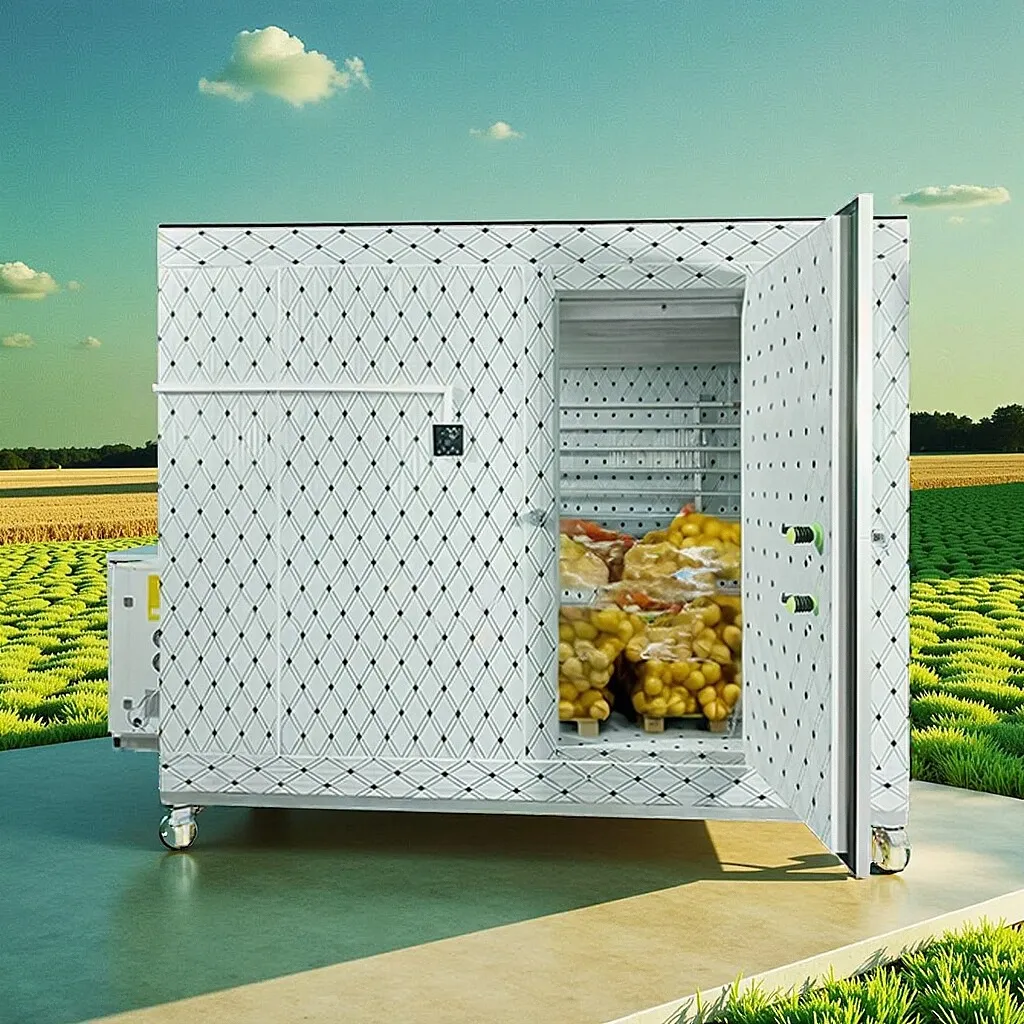
The Scalability and Design of modular air-cooled chiller
A modular air-cooled chiller is a flexible cooling system composed of multiple independent modules, each containing its own compressor, condenser, evaporator, and controls. These modules work in tandem to provide the required cooling capacity, allowing businesses to scale up or down by adding or removing modules as demand changes. This design makes them ideal for facilities with fluctuating cooling needs or those planning for future expansion.
Key Components of a modular air-cooled chiller:
- Compressor Modules: Each module houses one or more compressors (scroll, screw, or reciprocating) that circulate refrigerant to absorb heat from the process fluid.
- Air-Cooled Condensers: Finned coils and fans dissipate heat from the refrigerant into the ambient air, eliminating the need for cooling towers or water loops.
- Shared Evaporator: A common evaporator connects all modules, ensuring uniform cooling of the process fluid (e.g., water or glycol) before it is distributed to the facility.
- Central Control System: Coordinates the operation of all modules, adjusting their output based on real-time cooling demand to maximize efficiency.
Advantages of Modular Design:
- Scalability: Start with a single module and add more as your business grows, avoiding over-investment in unused capacity.
- Redundancy: If one module fails, others continue operating, minimizing downtime and ensuring uninterrupted cooling.
- Energy Efficiency: Modules run only when needed, reducing energy consumption during low-demand periods (e.g., nights or weekends).
- Easy Installation: Compact, pre-assembled modules require less on-site construction than traditional chillers, speeding up deployment.
Ideal Applications for modular air-cooled chillers:
- Data Centers: Adjust cooling capacity as server loads fluctuate, ensuring stable temperatures for sensitive equipment.
- Food Processing Plants: Scale cooling during peak production seasons (e.g., harvest periods) without overloading the system.
- Pharmaceutical Facilities: Maintain precise temperature control for batch processing, with the flexibility to add modules for new production lines.
- Commercial Buildings: Support variable cooling needs in malls, hotels, or offices, where occupancy and weather conditions drive demand.
The Industrial Strength of Air-Cooled Industrial Chillers
Air-cooled industrial chillers are heavy-duty systems engineered to withstand the rigors of industrial environments, delivering high cooling capacity for continuous, high-demand processes. Unlike smaller commercial units, these chillers are built with rugged materials, advanced controls, and robust components to ensure reliability in harsh conditions—from dusty manufacturing floors to high-temperature outdoor settings.
Key Features of Air-Cooled Industrial Chillers:
- Durable Construction: Stainless steel or galvanized steel frames resist corrosion, while sealed electrical components protect against dust, moisture, and debris.
- High-Efficiency Compressors: Screw or centrifugal compressors handle large cooling loads with minimal energy loss, often equipped with variable-speed drives to match demand.
- Advanced Airflow Systems: Large-diameter fans with variable speed controls optimize heat dissipation, even in high ambient temperatures (up to 45°C).
- Integrated Safety Systems: Pressure relief valves, temperature sensors, and fault alarms prevent equipment damage and ensure compliance with industrial safety standards.
Industrial Applications:
|
Industry |
Cooling Task |
Benefit of Air-Cooled Design |
|
Automotive Manufacturing |
Cooling hydraulic fluids and machine tools |
Eliminates water dependency in factories with limited plumbing |
|
Plastic Injection Molding |
Chilling molds to solidify plastic parts |
Maintains consistent temperatures for high-quality production |
|
Chemical Processing |
Cooling reactors and distillation columns |
Resists corrosion from harsh chemicals in the process |
|
Metalworking |
Cooling cutting fluids and heat-treated parts |
Operates reliably in dusty, high-heat environments |
Operational Advantages in Industrial Settings:
- Low Maintenance: No cooling towers to clean or water treatment to manage, reducing upkeep costs and labor requirements.
- Weather Resistance: Designed to operate in extreme temperatures, from freezing winters to scorching summers, with insulated components to prevent condensation.
- Cost Savings: Avoids expenses associated with water supply, treatment, and disposal, making it ideal for regions with high water costs or restrictions.
The Functionality and Versatility of industrial air chiller
An industrial air chiller is a compact, air-cooled system designed for targeted cooling tasks, such as cooling specific machinery, small production lines, or laboratory equipment. Unlike large-scale industrial chillers, these units prioritize portability, ease of use, and precise temperature control, making them suitable for applications where space is limited or cooling needs are localized.
How an industrial air chiller Works:
- Refrigeration Cycle: A compressor circulates refrigerant (e.g., R-134a) through a closed loop, absorbing heat from the process fluid (typically water or oil) in the evaporator.
- Air Cooling: The refrigerant releases heat to the ambient air via an air-cooled condenser, which uses a fan to blow air over finned coils, cooling the refrigerant for re-circulation.
- Temperature Regulation: A digital controller adjusts the compressor and fan speed to maintain the process fluid at the desired temperature.
Key Features of industrial air chillers:
- Compact Size: Fits in tight spaces, such as factory workbenches or laboratory corners, with wheels for easy repositioning.
- User-Friendly Controls: Intuitive touchscreens or dials allow operators to set temperatures, monitor performance, and troubleshoot issues without specialized training.
- Low Noise Operation: Sound-dampening materials and efficient fans reduce noise levels, making them suitable for indoor use near workers or sensitive equipment.
- Integrated Fluid Pumps: Many models include built-in pumps to circulate the cooled process fluid, eliminating the need for external pumping systems.
Common Applications:
- Laboratory Equipment: Cooling spectrometers, centrifuges, and reaction vessels to maintain stable conditions for experiments.
- Laser and Welding Machines: Dissipating heat from high-power lasers or welding torches to prevent overheating and ensure precision.
- Small-Scale Food Production: Chilling mixers, extruders, or packaging lines in artisanal food facilities where large chillers are unnecessary.
- Electronics Testing: Cooling circuit boards or components during stress testing to simulate real-world operating conditions.
Comparing modular air-cooled chiller, Air-Cooled Industrial Chillers, and industrial air chiller
To select the right chiller for your needs, understanding the differences in capacity, design, and application is essential. The following comparison highlights their unique strengths:
Comparative Overview:
|
Criteria |
modular air-cooled chiller |
Air-Cooled Industrial Chillers |
industrial air chiller |
|
Primary Use |
Facilities with growing or variable demand |
Heavy-duty industrial processes |
Targeted, small-scale cooling |
|
Installation Complexity |
Low (pre-assembled modules) |
Moderate (requires professional setup) |
Very low (plug-and-play) |
|
Energy Efficiency |
High (modular load matching) |
High (variable-speed compressors) |
Moderate (optimized for small loads) |
|
Key Advantage |
Scalability and redundancy |
Durability and high capacity |
Portability and precision |
FAQS about modular air-cooled chiller, Air-Cooled Industrial Chillers, and industrial air chiller
How does a modular air-cooled chiller adapt to changing cooling demands?
A modular air-cooled chiller adapts by using its central control system to activate or deactivate modules based on real-time demand. For example, during peak hours, all modules run to meet high cooling needs, while at night, only one or two modules operate. This “load matching” ensures energy isn’t wasted on unused capacity, and adding modules (via simple electrical and plumbing connections) allows the system to grow as your business expands—no need for a complete system replacement.
What maintenance is required for air-cooled industrial chillers to ensure longevity?
Maintaining air-cooled industrial chillers involves:
- Regular Condenser Cleaning: Remove dirt, debris, and vegetation from condenser coils monthly to maintain airflow and heat dissipation.
- Compressor Inspections: Check oil levels, pressure, and vibration quarterly to catch issues like leaks or wear before they cause failures.
- Fan Maintenance: Lubricate fan motors and tighten belts annually to prevent noise, inefficiency, or breakdowns.
- Control System Updates: Calibrate sensors and update software yearly to ensure accurate temperature regulation and fault detection.
These steps extend the chiller’s lifespan and prevent costly unplanned downtime.
Can an industrial air chiller be used for outdoor applications?
Yes, an industrial air chiller can be used outdoors, but with precautions:
- Weather Protection: Place the chiller under a covered area to shield it from rain, snow, or direct sunlight, which can damage electronics or reduce efficiency.
- Temperature Limits: Ensure the ambient temperature stays within the chiller’s rated range; extreme cold may require additional insulation.
- Ventilation: Provide clearance around the chiller (at least 30 cm) to allow proper airflow for heat dissipation, avoiding overheating in hot weather.
Outdoor use is common for construction sites, outdoor laboratories, or temporary cooling needs where indoor space is unavailable.
What makes air-cooled industrial chillers more suitable than water-cooled systems for certain industries?
Air-cooled industrial chillers outperform water-cooled systems in industries where:
- Water Access is Limited: Locations with water scarcity or high costs (e.g., desert regions or urban areas with strict water-use regulations) avoid the need for cooling towers or constant water supply.
- Maintenance is a Concern: Industries with limited maintenance staff benefit from air-cooled systems, which eliminate tasks like water treatment, tower cleaning, or legionella testing.
- Flexibility is Key: Facilities with temporary or mobile operations (e.g., construction sites or event venues) appreciate the portability and quick setup of air-cooled units, which don’t require permanent plumbing.
How energy-efficient is a modular air-cooled chiller compared to a single large air-cooled chiller?
A modular air-cooled chiller is often more energy-efficient than a single large unit because it avoids “part-load inefficiency.” Large chillers operate at peak efficiency only when running at full capacity; during low-demand periods, they waste energy. Modular systems, by contrast, activate only the number of modules needed, keeping each module running near full capacity (where efficiency is highest). This can reduce energy consumption by 10–20% in facilities with variable cooling needs, such as data centers or seasonal manufacturing plants.
Don’t settle for one-size-fits-all cooling solutions. Visit our website today to explore our product line, request a personalized quote, or schedule a consultation with our experts. Discover how our chillers can reduce energy costs, minimize downtime, and support your business’s growth. Let [Shijiazhuang Xuexiang Refrigeration Euquipment Co.,Ltd] be your partner in optimizing industrial cooling—where reliability meets innovation. Your ideal cooling solution is just a click away.













































































































